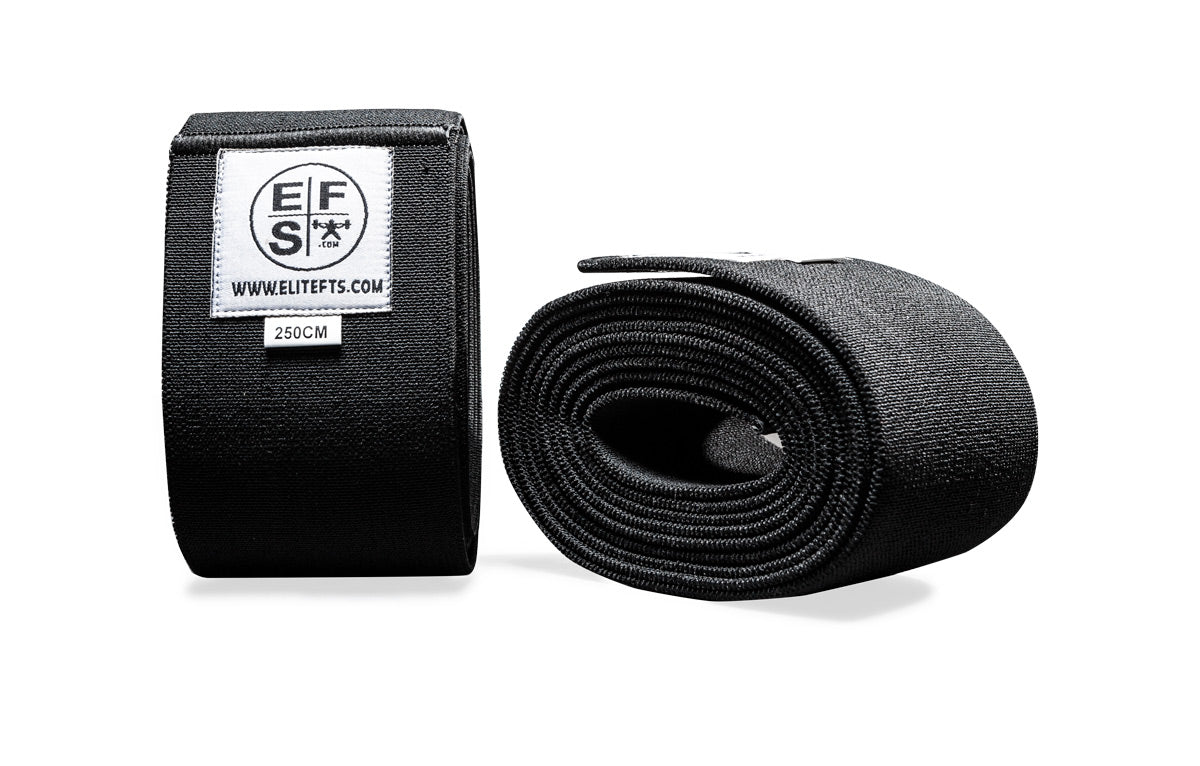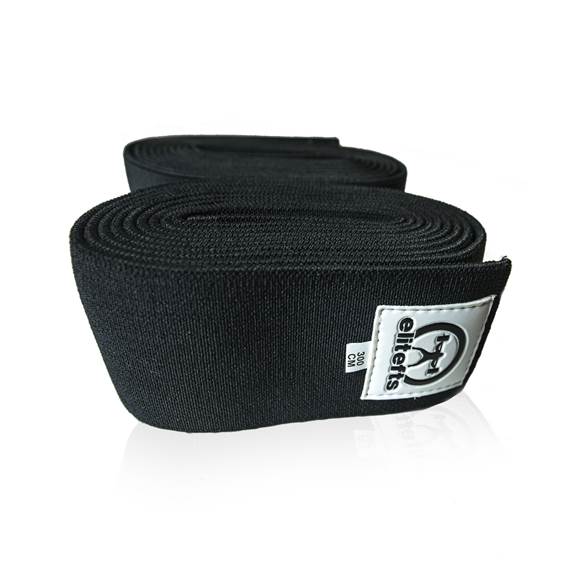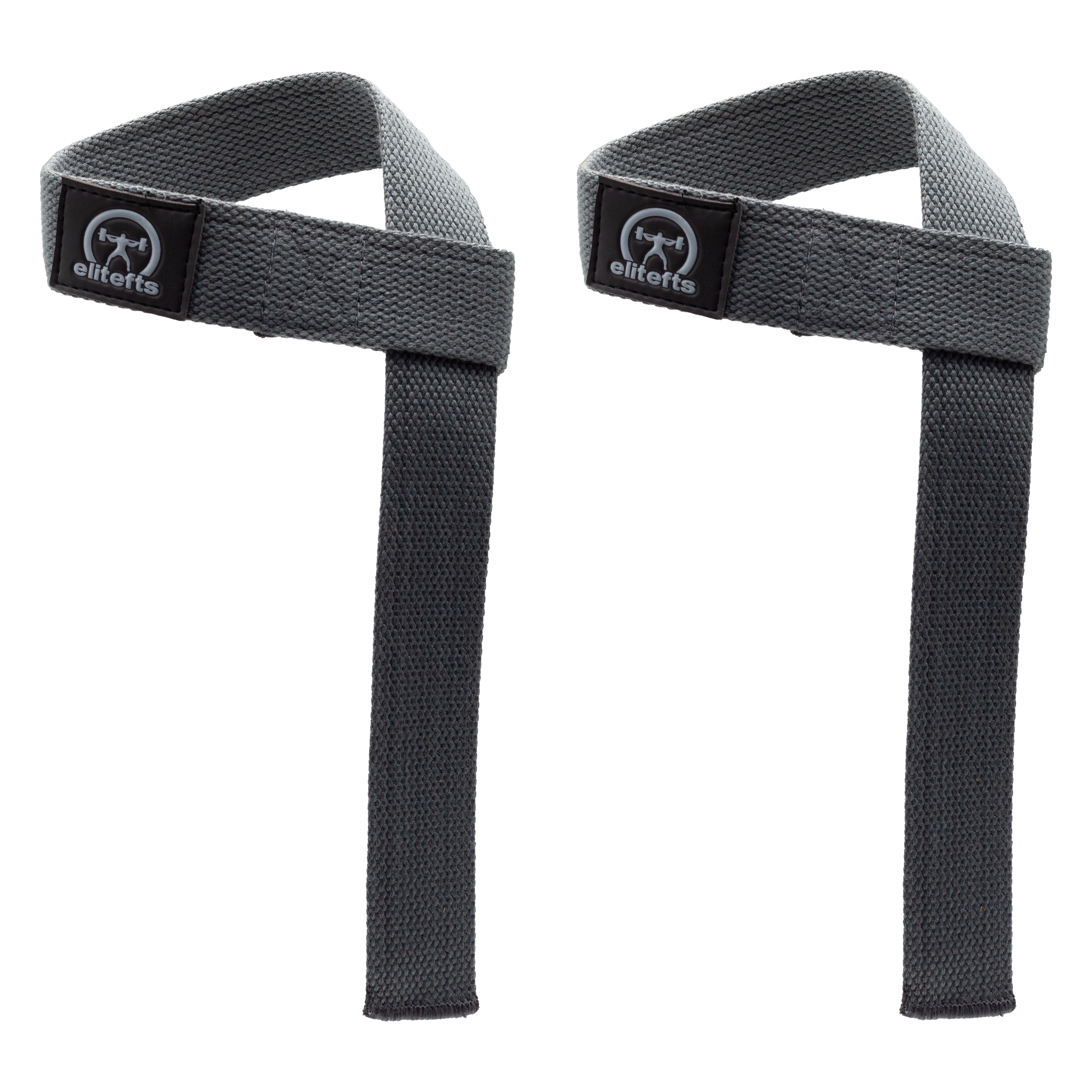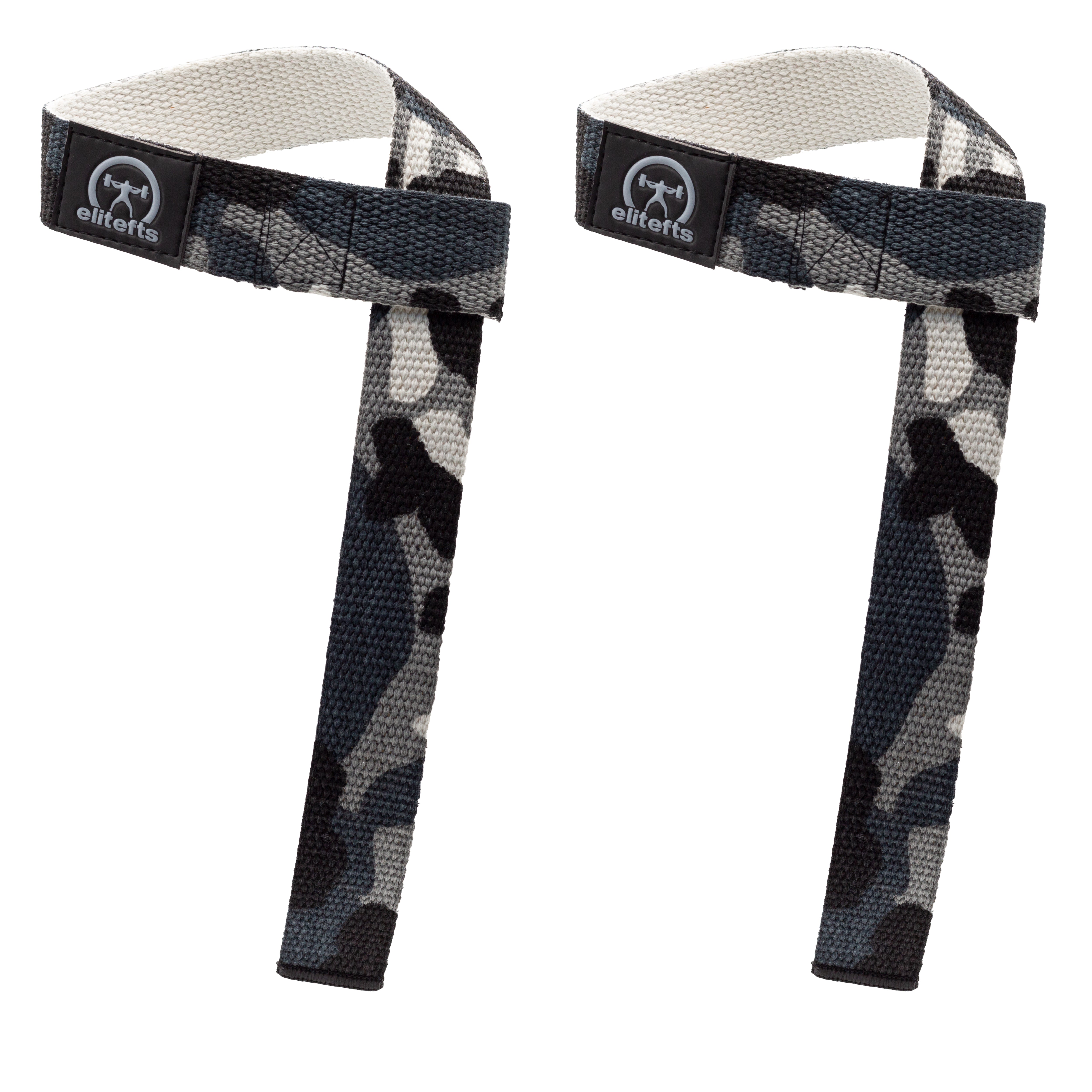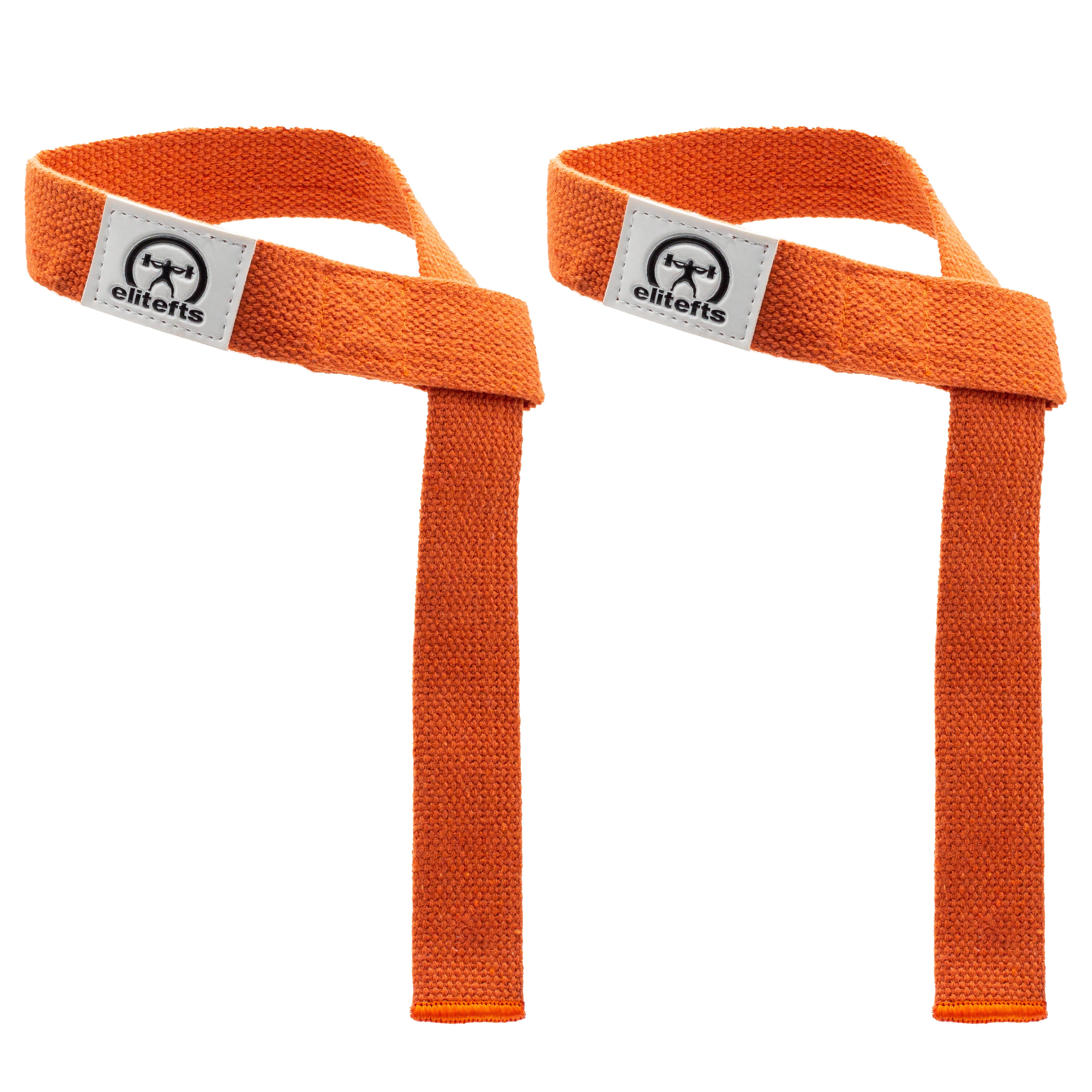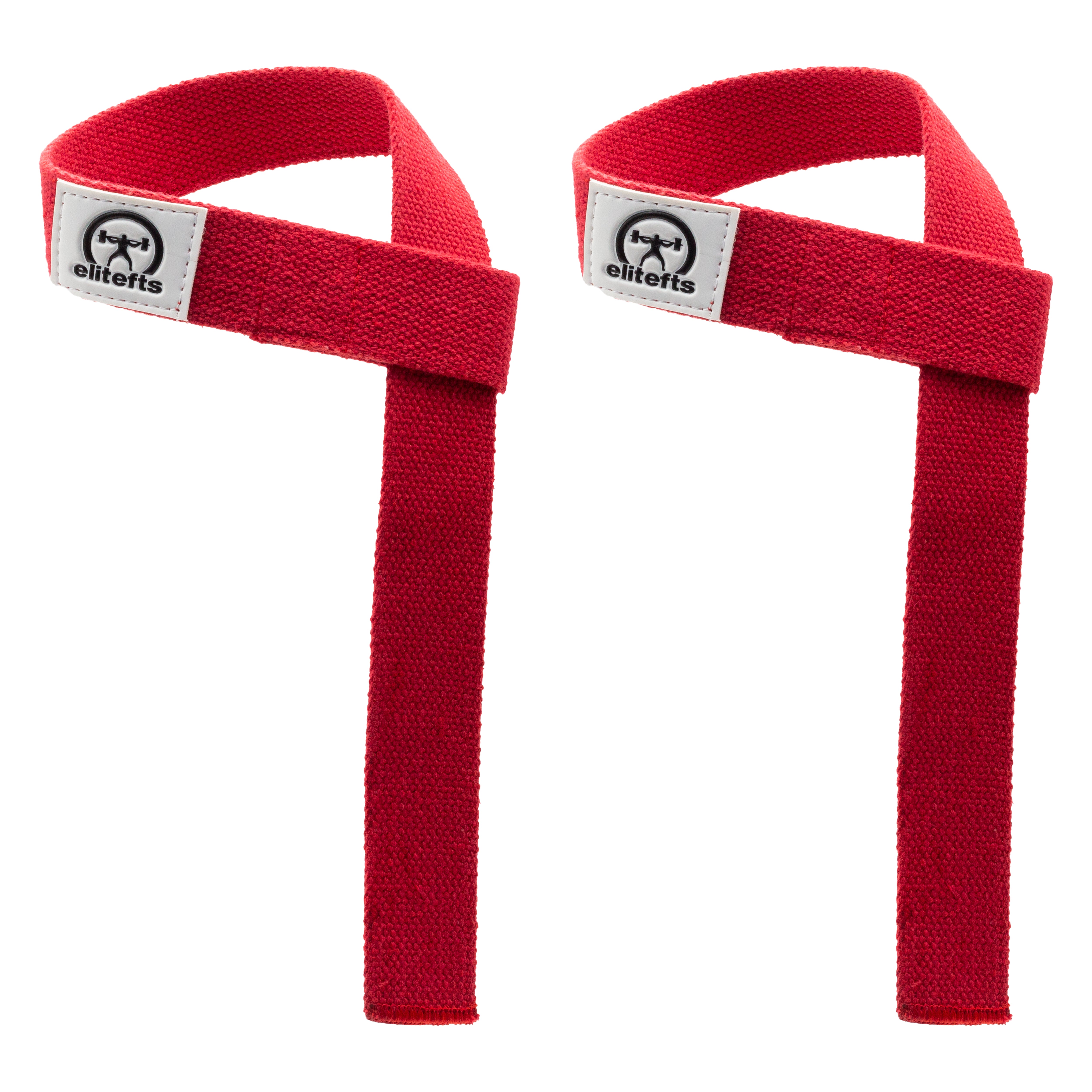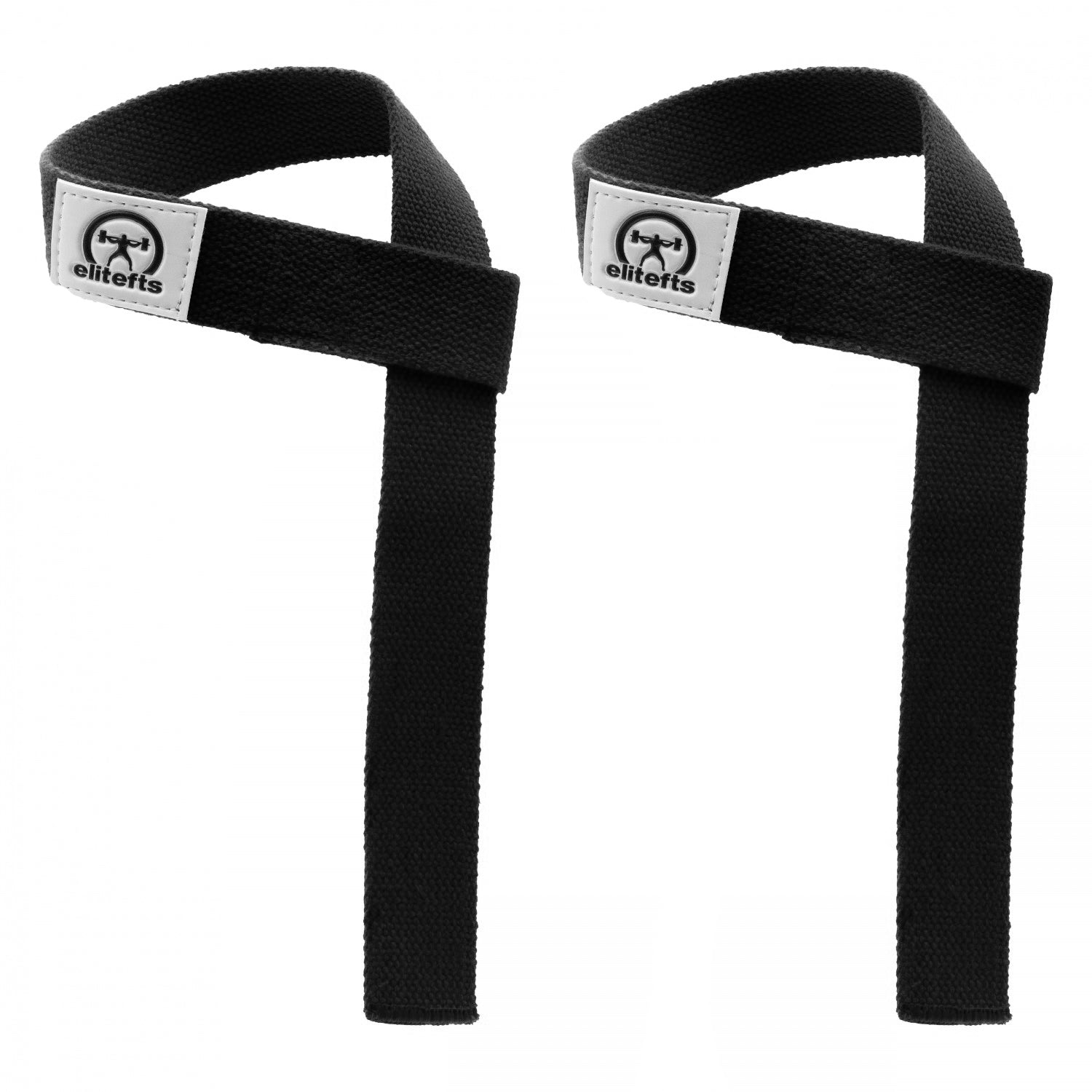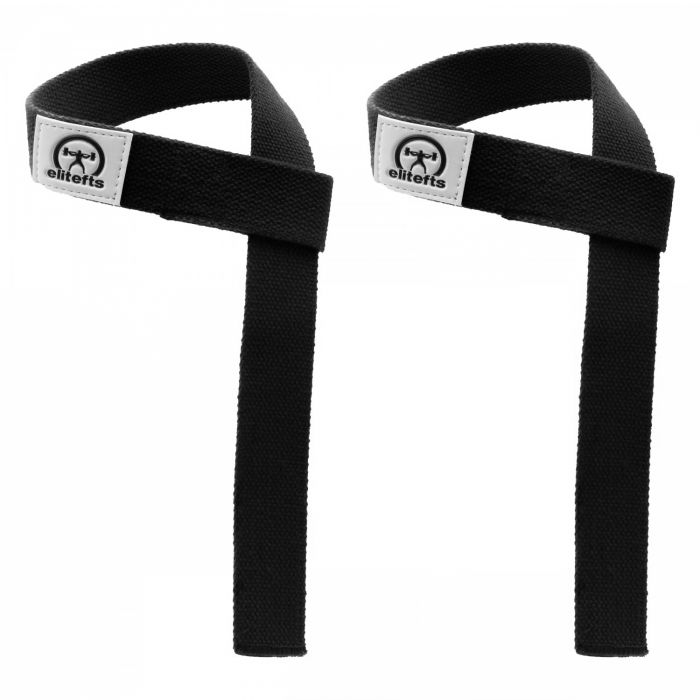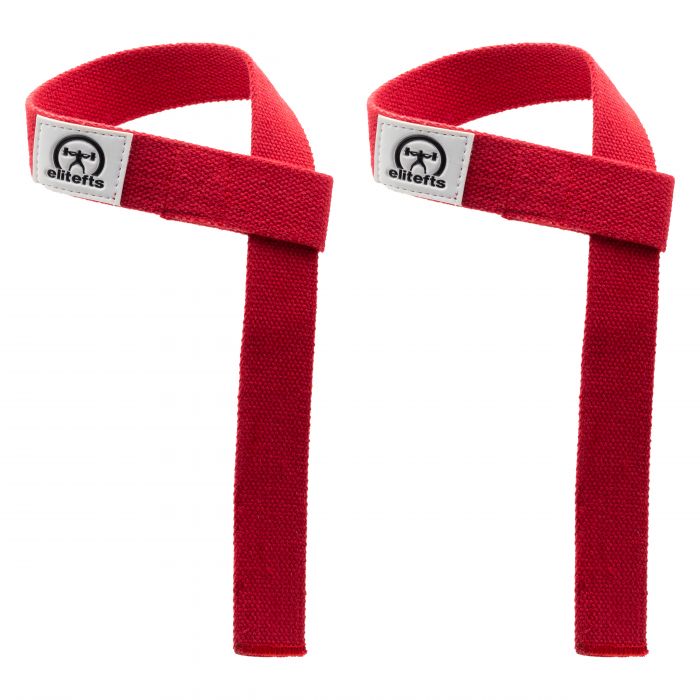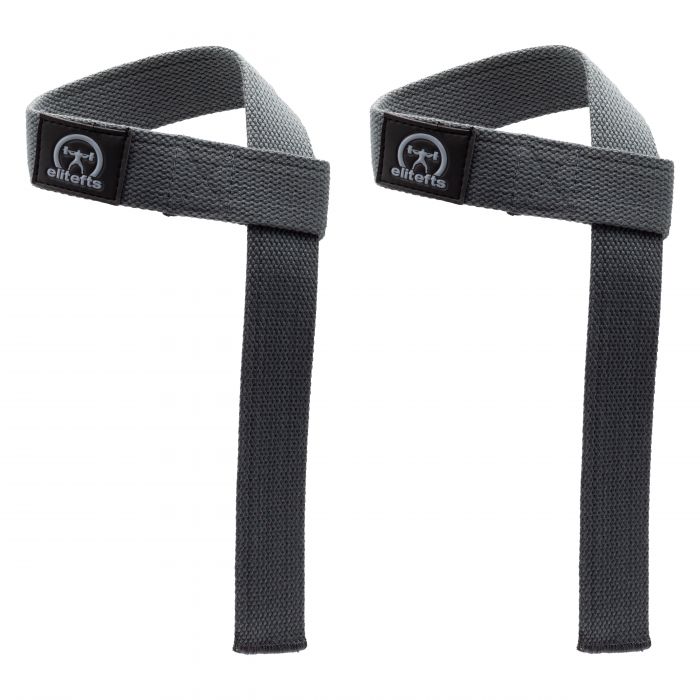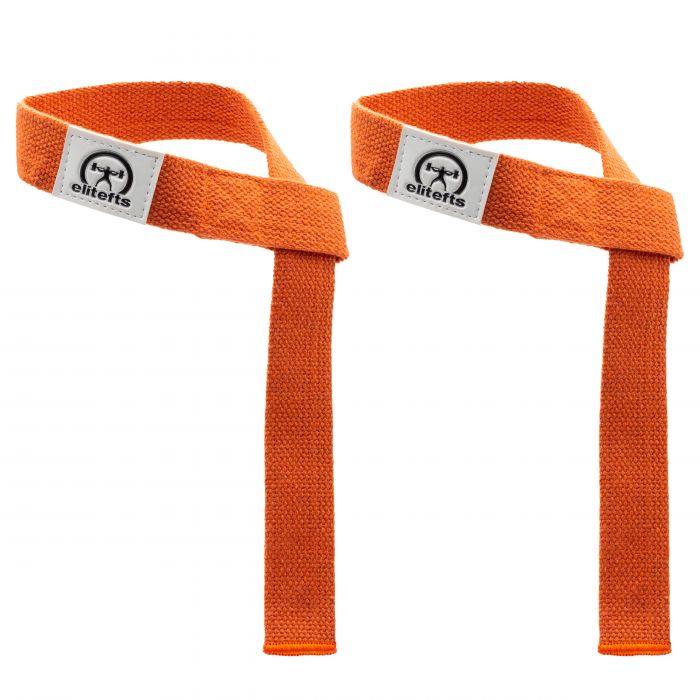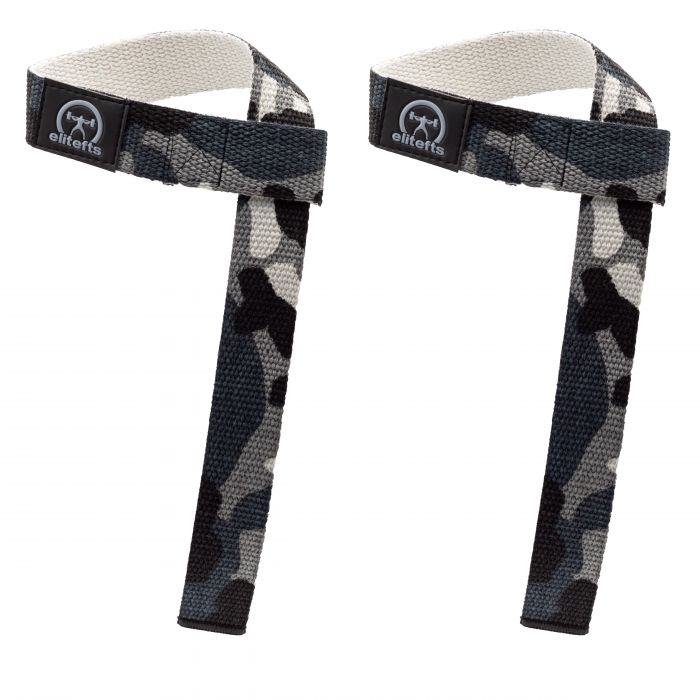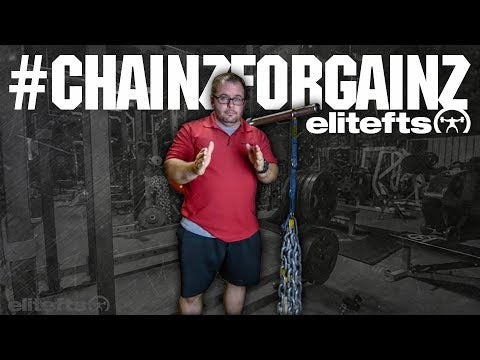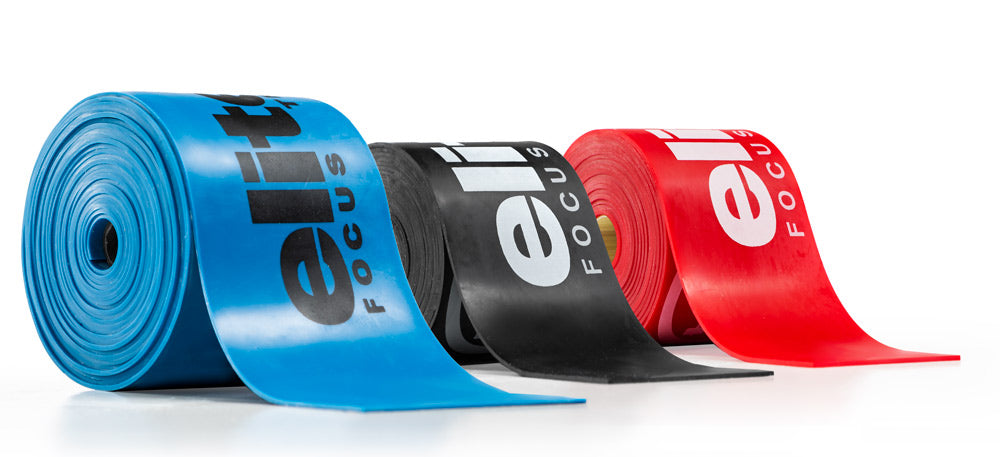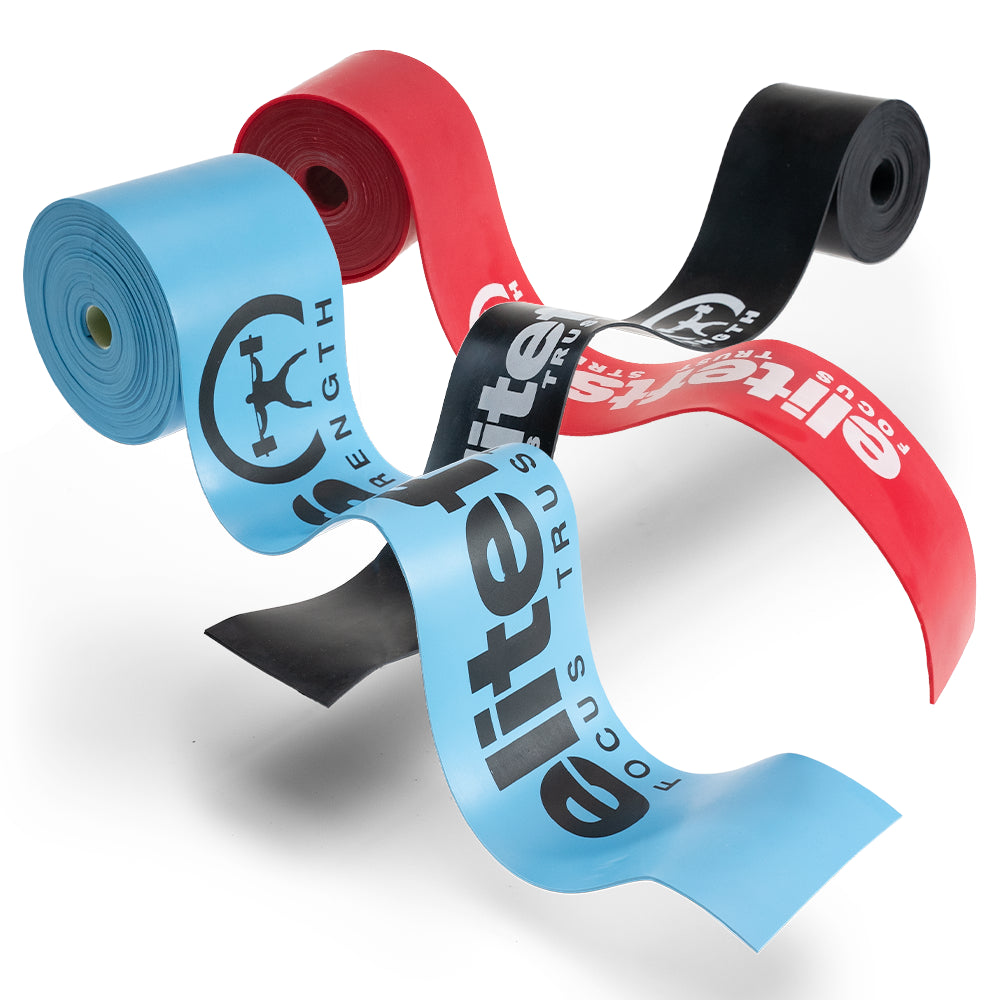This was inspired by recent injuries that I have developed through compensation patterns over the very short period time I’ve been in the
strength and conditioning realm along with
powerlifting. After meeting with Dr. Bob Newhalfen at Northwest Indiana Chiropractic Health, it brought a few concepts full circle for me, and I want to share my shortcomings so that you all may not run into the same issues.
RECENT: Bracing and the Hip Hinge
A few years back, I went to a Kabuki Strength Seminar. This presentation put into words and showed mechanically a topic that was rattling around in my mind for some time prior. This topic was pelvis position and how it affected what your back was doing while under load. There was a lot of information from several different movement backgrounds from a clinical perspective that agreed with these suggested anatomical fixes, and the Kabuki presentation finally made sense to me. Unfortunately, I zeroed in on one particular fix and took it to the extreme, which then caused other areas to be inefficient to create and sustain what they called a stacked position.
A stacked position, in my very basic understanding, is hips over rib cage over the shoulder. This concept has caught wind in our industry and has been further developed and coached over the past several years.
Since my previous inklings were brought to light at this time, I knew I had to pay attention and take these cues. I focused in on one concept hard: glute activation to initiate and maintain this stacked position. I worked that cue into my own training and squat, activating my glutes hard at the start and during the entire squat movement to maintain the stack. As it’s come to pass a few years later, I’m learning that glute activation alone is not efficient, or sufficient enough.
Recently, another puzzle piece was added to the stacked and braced position that I hadn’t implemented before. Although I am very good at breathing and bracing, my ability to activate and contract my lower abdominals was lacking significantly. This piece affects and aids in correcting an anterior pelvic tilt. The diagram I have in the video shows the way we can adjust our pelvis.
Over the last several months, I’ve been working with a movement specialist, whom I mentioned above, who has brought to light my inefficiencies in the lower abdominals and has taught me a few more things in efficiently creating and maintaining a healthy position while under load. Below are some of the things I have learned, which have aided me in:
- Shutting off my overactive erectors, and;
- Locking in a more efficient brace under heavy load.
- Modified Dead Bugs: These are a typical abdominal exercise that really helps people understand contraction but are also easily “cheated” and made easy to just go through the motions. Originally, when I did these, I just touched my lower back to the floor, but by way of relying on my glutes. Dr. Bob had me lift my feet into an above 90-90 position and raise my hips towards the ceiling. It’s definitely not as easy as it sounds. I tried my best to do it in the video below.
- 6-Month Prone Position: This style of rehab is from Dynamic Neuromuscular Stabilization and implements movements and positions that we, as humans, do naturally in developmental stages as a baby. No, I’m not saying this is the end-all-be-all, but this particular movement really aided me in understanding pelvis position better. You will notice it resembles some similarities to a bird dog with the progression movements we do.
Do not just settle for one fix and rely on it. Just like strength training, our weaknesses need to be trained along with our strengths. If your glutes get the pelvis corrected, don’t abandon doing it, but learn how to add to the correction with more muscle groups. This addition will never hurt: more muscle used = more stability = more strength.



























































